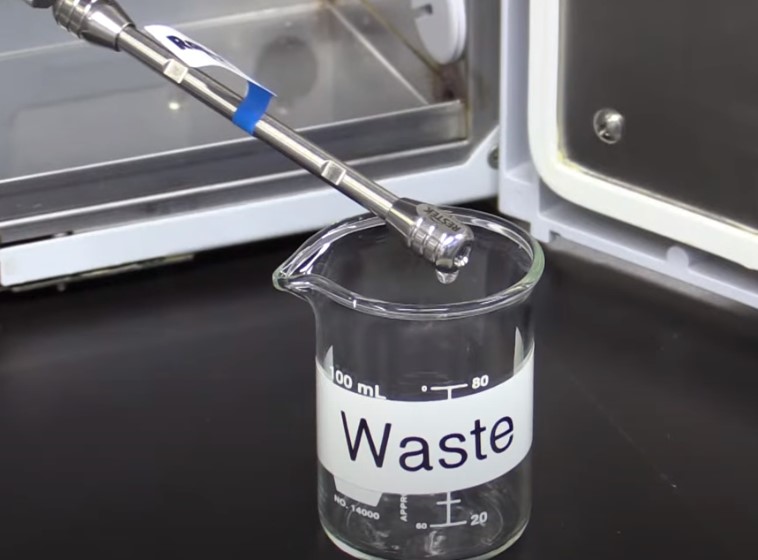Various types of HPLC columns from the analytical point of view. know about what is an HPLC column? The column is the heart of the HPLC. The column stationary phase separates the sample components of interest using various physical and chemical parameters.

It is usually made of stainless steel to withstand high pressure caused by the pump to move the mobile phase through the column taking other materials including peak and glass the small particles inside the column are called “packing” which causes the high-back preset at a normal flow rate.
Packing materials of the column are usually silica gel because of their particle shape, surface properties, and pore structure gives us a good separation.
Types of HPLC columns
There are various columns that can be used in the HPLC:
- Guard Column
- Derivatizing column
- Capillary column
- Fast Column
- Analytical Column
- Preparatory Column
Guard Column:
The Guard column is placed anterior to the separating column. This protects and prompts the life and Usefulness of the separating column. guards are used to filter or remove particles that clog the separating columns and remove compounds or ions that could ultimately cause baseline drift decrease resolution decrease sensitivity and create false Peaks.
This column also removes compound precipitation upon contact with the stationary and mobile page. these columns must be modified on a routine basis in order to optimize their protectiveness.
Read Also: Column Cleaning, Regeneration and Storage
Derivatizing column:
Derivatization involves a chemical reaction between an analyte and a reagent to change the chemical and physical properties of an analyte. the main uses of derivatives in HPLC are improved deductibility, changes in the matrix for better separation, stabilizing the sensitive analyte, and changes in the molecular structure and polarity of the analyte for better chromatography.
Disadvantage: it becomes a complex procedure and so it is a source of error in analysis and increases the total analysis time.
Advantage: although it has drawbacks it may still be required to solve a specific separation or detection problem.
Micro Column:
HPLC leads to a smaller column called a microcolumn, a capillary column which is a diameter of less than a millimeter. The diameter of small-bore columns is 1 to 2 mm. This column also has the same internal diameter but a much shorter length than most other columns. By using this column you can increase sensitivity, decrease analysis time decrease mobile phase uses, and increase reproducibility.
Analytical Column:
This is the most important part of HPLC which decides the efficiency of separation. it is usually in length of 5 to 25 centimeters and the internal diameter is 3 to 5 mm. HPLC columns are separated by different intermolecular forces between the solute and stationary phase and those between the solute and mobile phase.
Read Also: Degassing of HPLC Mobile Phase
Preparatory column:
Length is 10 to 15 centimeters and the internal diameter is 4.6 mm. It is kept with particles having 5 micrometers as diameter. it consists of the back pressure regulator and collector. this bed pressure regulator is placed posterior to the HPLC detector.

Naresh Bhakar is the Founder and Author at Pharmaguddu.com, bringing his extensive expertise in the field of pharmaceuticals to readers worldwide. He has experience in Pharma manufacturing and has worked with top Pharmaceuticals. He has rich knowledge and provides valuable insights and data through his articles and content on Pharmaguddu.com. For further inquiries or collaborations, please don’t hesitate to reach out via email at [email protected].
